Daphne Street Autism Specific Early Learning and Care Centre (ASELCC), provides specialist education, child care and state of the art therapeutic services for children with Autism.
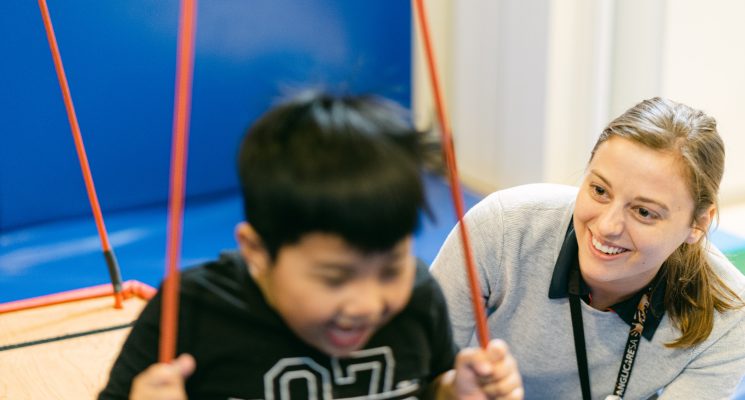
Daphne Street Autism Specific Early Learning and Care Centre (ASELCC), provides specialist education, child care and state of the art therapeutic services for children with Autism.

AnglicareSA’s Autism-Specific Early Learning and Care Centre (ASELCC) provides high quality early intervention, specialist education and care for children with autism in a long day care setting.
The centre has experienced staff, qualified in the areas of allied health, education and early learning services.
Our play based autism specific curriculum uses the SCERTS model and provides specialist support in:
At Daphne Street Child Care and Specialist Early Learning Centre, we can also cater for siblings within our mainstream and inclusive programs. For detailed information on all our services, please view our Daphne St Parent Handbook.
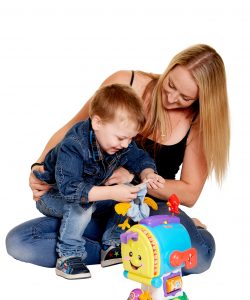
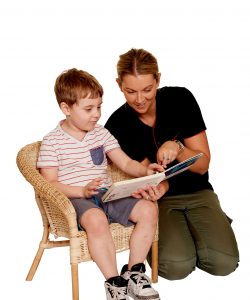

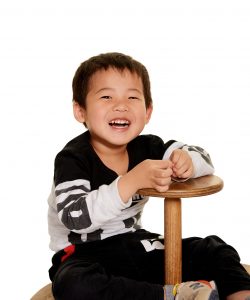
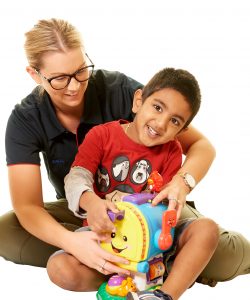

Please call 1800 953 001 or email [email protected].
One of our friendly staff members will then take some details and assign you to our customer engagement team who will start your enrolment paperwork with you.
Once a place becomes available, we will organise a tour of our centre and an intake assessment.
You will then be invited for 2 orientation sessions.
During the orientation sessions, you and your child will have the opportunity to meet the staff who will be supporting your child and your child will have the opportunity to play and explore the environment with you before commencing for a full day.
Our fees include: Child Care, Group-Therapy (NDIS) and Assessment (NDIS).
For more information about school click here.
The Autism-specific curriculum incorporates the evidence-based SCERTS® Model, Guidelines for Good Practice (Prior and Roberts 2012) and Early Years Learning Framework (National Quality Framework for Early Childhood Education and Care).
The SCERTS® model is a comprehensive, multi-disciplinary approach to enhancing communication and social-emotional abilities of children with autism. SCERTS® stands for Social Communication, Emotional Regulation and Transactional Support and includes regular assessment, individualised education plan with goal setting and is implemented in a naturalistic environment (long day care)
The “Early Intervention for children with autism spectrum disorders: Guidelines for Good Practice” (Prior and Roberts 2012) focus on interventions for children under seven years old. The guidelines highlight key elements of effective interventions for children with autism including highly supportive teaching environments, generalisation strategies, predictability and routine, functional approach to challenging behaviours, support to transition to school, family involvement, visual supports and a multi-disciplinary approach. 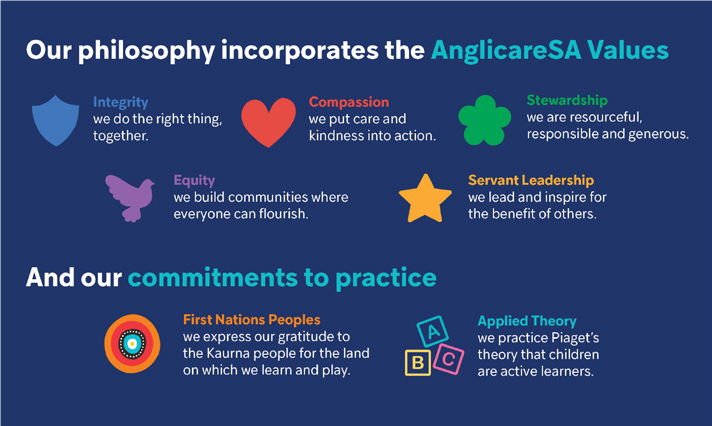
The Daphne Street ASELCC are regular participants in research projects which address a number of topics including working towards the best ways to support young children with autism achieve their goals.
The Daphne Street ASELCC are currently participating in the following projects:
The Daphne Street ASELCC has contributed to a wide range of research papers & conference presentations.